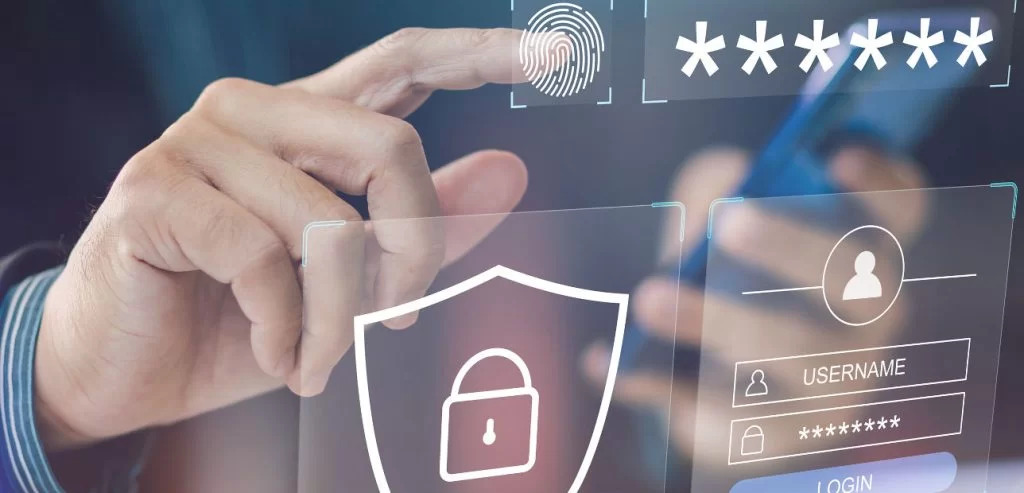The Specifics of 3D Secure 2 Protection

Responsible payment providers implement multi-layer identification security features to protect their clients’ from data theft. Read our guide on 3D Secure 2 protection.

Digital payments are the best thing since bread came sliced, for business owners and consumers. They’re not all completed at equal speed, true, but they’re more convenient than what we had before their development.
But even though billions of people are using online transactions worldwide, security remains the biggest concern thereof. Various data-protection features have been introduced in the last decade to keep payers’ information safe.
The 3D secure protocol is one of these measures; this article explains how 3D Secure 2 works and why it matters for hacker-free web money transfers.
3D Secure Defined
3D Secure – short for three domains – refers to a banking and personal data confirmation procedure to prove that the cardholder has initiated the ongoing card payment.
The abovementioned three domains communicate with one another to verify the payment information and approve or reject the transaction. These are:
- The acquirer domain (the bank at which the merchant has an account).
- The issuer domain (the bank that issued the payment card).
- The interoperability domain (the technical nodes in digital servers facilitating the transaction).
They’re the cornerstone of effective and properly protected online money transfers.
How Does the 3D Secure Procedure Work?

The first stop for cardholder’s payment data is the issuing body, i.e., their bank. Of course, the sender first needs to initiate a transaction request, upon providing the necessary payment data about the recipient and the transferred amount. The 3D Secure protocol is here to ask the payer for some additional identity confirmation data, such as a one-time password, a special PIN, or a biometric element.
For instance, you’ve touched the Pay button on your banking app and the bank sends you a one-time code to your mobile phone number, previously linked to that very bank account.
Some mobile banking apps let you stay within the app and just type in the PIN you enter to access the app in the first place.
A more cutting-edge manner is just to provide your biometric data via your smartphone, such as a fingerprint or eye scan (iris).
No matter what additional identification feature the payer is asked to submit, the epilogue is binary: the payment request is either approved or declined, in line with the authentication outcome.
3D Secure 2 lets card-issuing authorities, payment processing operators, and merchants to exchange valid data about the customer in question, such as their payment track record, typical recurring transactions, etc. The goal of this protocol and the resulting information sharing is to maintain a high level of security for all the participants in a business collaboration. Such communication reduces potential risks for all interested parties and enables financial institutions to demand additional identification elements for high-risk payments or extensive amounts of transferred money.
CheckoutGate Intel: CheckoutGate implements all the necessary security measures in all the merchant and payment services we provide. We’re also at the forefront of the tech innovations in the fintech industry, to stay ahead of the pack. Learn more about the hottest fintech trends in 2024 from our blog post Payment Technology 5.0: What Awaits Us in 2024.
3DS2 Security Level

As we’re talking about the high-security level of online payments, let’s see what makes 3DS2 a highly secure protocol.
It’s reliable and safe because it crosses the three pillars of personal data protection: possession, knowledge, and inherence.
The payer possesses the bank card they pay with, and the SIM card (or email address) to which the code or authentication link is sent.
They know their card and bank account information.
The biometric data in question are inherent to the very cardholder, and every payer has unique biometric prints (that’s inherence).
The coexistence of these three authentication methods dramatically reduces the chance of data being hacked. A potential perpetrator would have to obtain the bank card/account information, get hold of the cardholder’s SIM card and mobile phone, AND become capable of mimicking the cardholder’s biometric details. Even if the first two steps are completed successfully, the iris is almost impossible to carry out.
Accepting Online Payments without 3DS2
The 3DS2 protocol isn’t a universal legal requirement. It is, however, a prerequisite for all the countries that have signed and implemented the European Union’s Payment Services Directive (PSD2), amounting to 44 European countries.
Likewise, many governments are adopting laws that require a high level of strong customer authentication (SCA) from financial organizations and merchants to carry out secure card-not-present payments.
What’s more, introducing additional, tech-based measures is a smooth pathway to meet the 12 main PCI Compliance requirements.
Obtaining 3DS2 Services
So far, we’ve explained that implementing 3D Secure on merchants’ websites makes things go smoother. Just like every other tech service, there are various providers of 3D security features, so merchants might get confused with multiple options.
Our two cents: do your homework and check out the most renowned available vendors. Check if they’re verified and approved by the relevant bank card companies – at least the cards you’re planning to accept for your payments.
Some payment service providers offer integrated 3DS2 protection within their tiers. Again, ask additional questions about the certification and functionality that such plans include.
Similarly, when searching for the right payment gateway, let the provider prove that 3DS is part of the offer.
The Pros and Cons of Implementing 3DS2

So far, we’ve illustrated various benefits for merchants who include the 3D Security 2 in their protective mechanism.
In addition to the major advantages above, layering up your website payment protection with this protocol will reduce friendly fraud and all other types of payment scams.
Consumers don’t have to store personally identifiable information (PII) on their devices because this system enables the generation of necessary protective features in real time.
As everything happens at the same time in the same place, there are no pop-up windows or redirections to third-party websites. This ensures a smooth consumer journey, without redundant fork-offs.
However, there are few pebbles in the 3DS2 shoe.
Every additional verification step is a double-edged razor. While it’s mainly introduced for the sake of consumers’ security (larger share) and merchants’ peace of mind (smaller share), consumers are often the ones who dislike it and bounce back. A buyer might not want to wait for an SMS code, or the message never comes, due to technical issues. Still, the tech features facilitating the 3DS service are getting better and better, so the friction is weaker.
Conclusion
A merchant can never be too cautious in the fintech field. Innovative security layers, such as the 3D Secure 2 protocol, let us – digital payment providers – merchants, and consumers, form the magic triangle of secure and swift online transactions.
Stay tuned to the CheckoutGate business frequency and feel free to find out more about our payment and merchant services. Contact us and have your merchant account opened in the shortest time possible: https://acceptpaymentsnow.typeform.com/to/NbSkFD7R.









